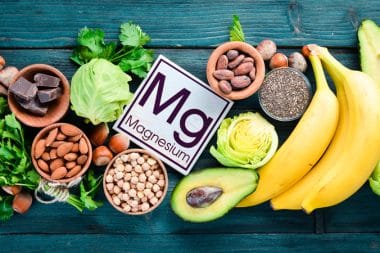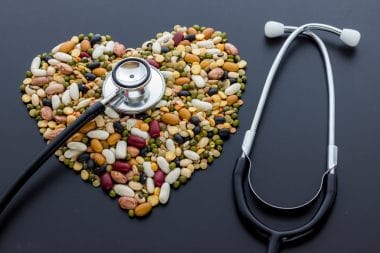It is becoming more and more noticeable the products in the grocery store that have a Gluten free sticker on it. Glute is a protein combination that is normally found in cereal grains such as wheat, rhye, and barley. Lots of products contain this gluten protein without many of us being aware. Until you take a look at the aisles these days and the number of Gluten free products is becoming more normal.Â
Celiac’s disease affects 1% of children in the world. Celiac’s disease is when your body takes the gluten protein and causes it to attack your small intestines causing damage. What’s even more surprising is there is 6% of children that are affected by non celiac disease gluten allergies. Non celiac gluten allergy actually has more symptoms than Celiac disease, but a lot of the symptoms are not gastrointestinal. Â
The problem with a gluten allergy that is not Celiac disease is there is no exact test you can take to diagnose the allergy. Doctor’s rely mainly on symptoms, and what the patient tells them. Sometimes to weed through what is going on a doctor may have to use a process of elimination to end with a gluten allergy diagnosis. Meaning that since a lot of the symptoms of Gluten allergy shares symptoms with other diseases you have to make sure that one of the other diseases isn’t present to rule them out of the equation. Doctor’s can however test for Celiac disease and rule that out rather quickly before moving down the line. Â
There are a lot of symptoms that can go hand in hand with a Gluten allergy. Gastrointestinal symptoms include belly pain, bloating, diarrhea, gas, or constipation. Unexplained weight loss can also be a symptom. Other symptoms can include brain fog, having trouble focusing, feeling tired, headaches, dizziness, acne or rashes, joint pain and anemia. With such a wide range of symptoms it can be hard to narrow down these to a Gluten allergy. Especially because symptoms may not present themselves for days while your body is processing your food.  Â
Gluten is mainly found in a lot of cereals, breads, and pastas. It can be found in other foods as well. The thing is that Gluten free diets are so popular people go off Gluten without being diagnosed with an allergy or intolerance. The problem with that is eliminating Gluten and not knowing the right way to replace those items you’ve eliminated can cause you to have a lack of nutrients. Some Gluten free diets can be too low in calories, which is not good for children who need all the extra calories for their constant growing bodies. Even though Gluten free products are becoming more popular the choices of Gluten free are not anywhere near regular items with Gluten. Which can cause school lunches, or snacks in the classroom or at a friend’s house can be hard to manage to make sure these things are completely Gluten free.Â
If your doctor suspects there could be a Gluten allergy they may suggest you eliminate all Gluten products from your diet for a short while. Then at one meal add in something with Gluten in it to see if symptoms occur. There is no way to prevent yourself from having a Gluten intolerance or Gluten allergy. The only treatment is to go on a Gluten free diet.Â
If you have a Gluten intolerance or allergy, it would be a good idea to speak with a dietician. The dietician can make sure you are supplementing your diet appropriately to get all the nutrients and vitamins you need to live a healthy life. Wild rice, quinoa, and buckwheat are good grain alternatives that do not contain Gluten. There are lots of gluten free flours you can use as well when transitioning to a Gluten free diet. Such as almond flour, coconut flour, or chickpea flour. Pasta also doesn’t have to be eliminated from your diet because there are gluten free pastas as well. Those could be spaghetti squash, zucchini, or sweet potato pasta. Â
Being Gluten intolerant, or with an allergy no longer has to be a terrible thing. There are lots of ways to make the transition over to a Gluten free diet without it being too difficult. If you do find yourself with a Gluten allergy or intolerance and you have questions of how to fill the void in your diet talk with your doctor who can either help or steer you to a dietician who will be able to help you with meals, snacks and making sure you get all the nutrients you need to live a healthy life. Â
Think you may be Gluten intolerant? Get the facts here! #HealthStatus
Some Gluten free diets can be too low in calories, which is not good for children who need all the extra calories for their constant growing bodies.
Sources:
https://kidshealth.org/en/kids/celiac.html
https://www.chop.edu/news/signs-and-symptoms-gluten-sensitivity
https://www.healthline.com/nutrition/signs-you-are-gluten-intolerant
https://www.health.harvard.edu/blog/3-reasons-not-put-child-gluten-free-diet-unless-doctor-says-201606079760
https://www.integrativepainscienceinstitute.com/tips-overcome-gluten-sensitivity/








Reply